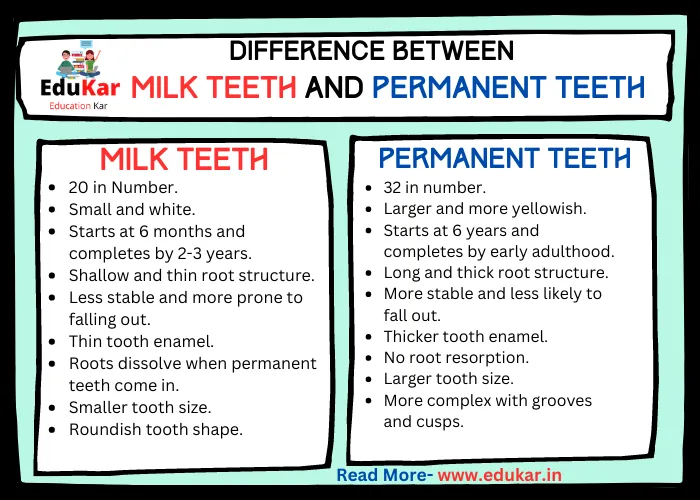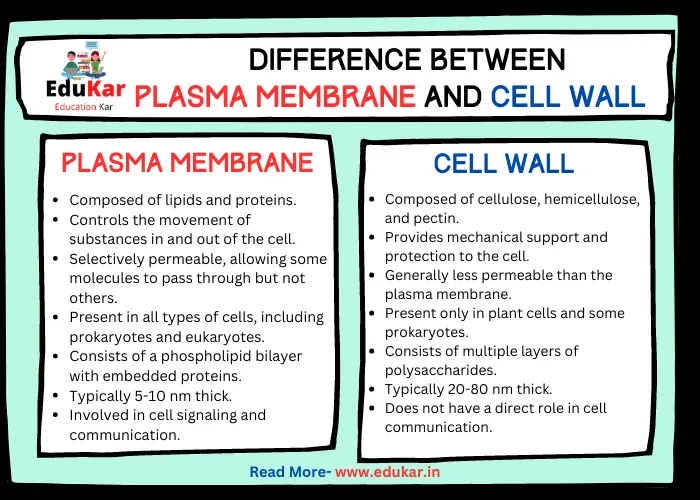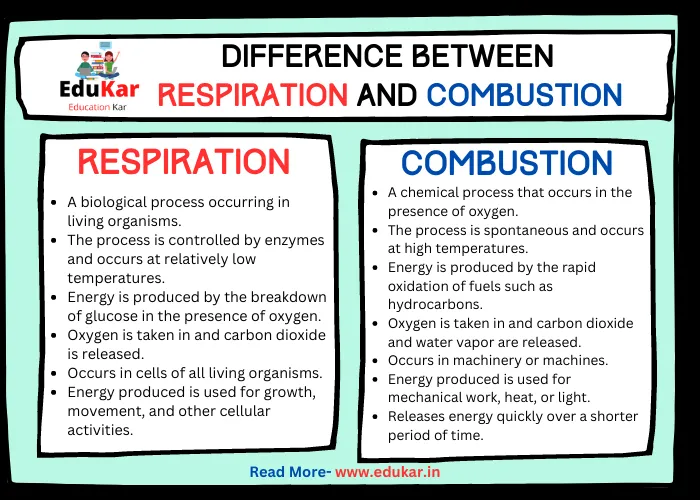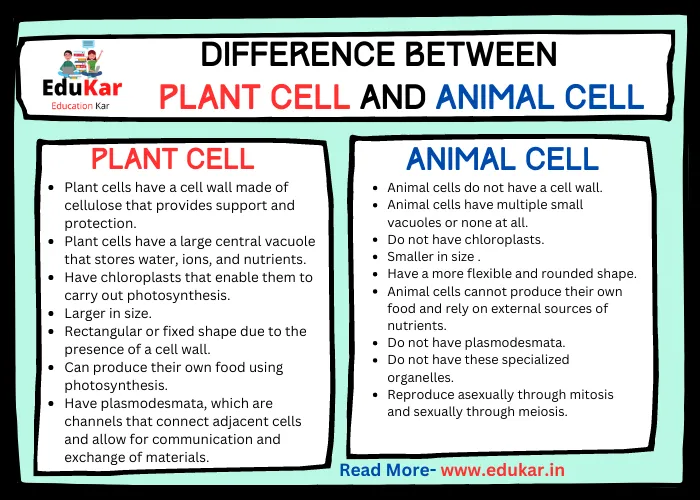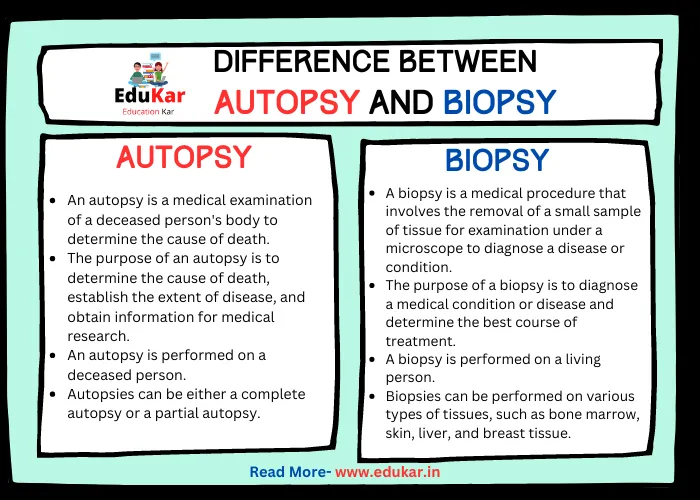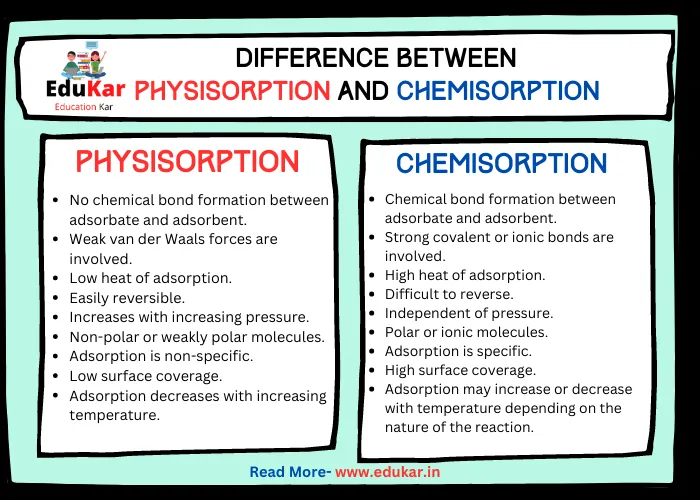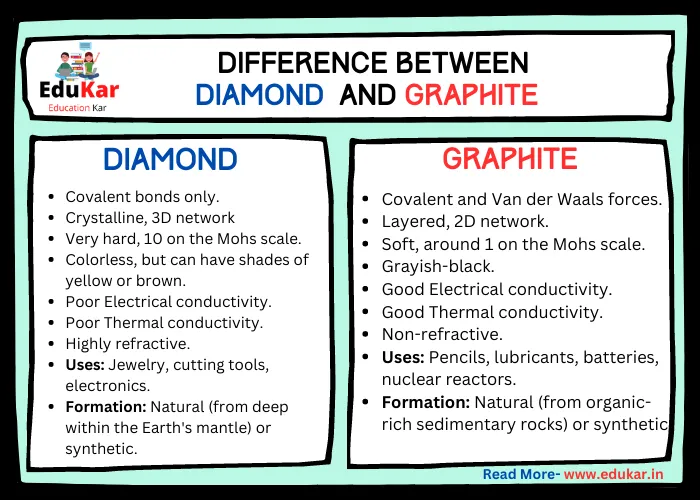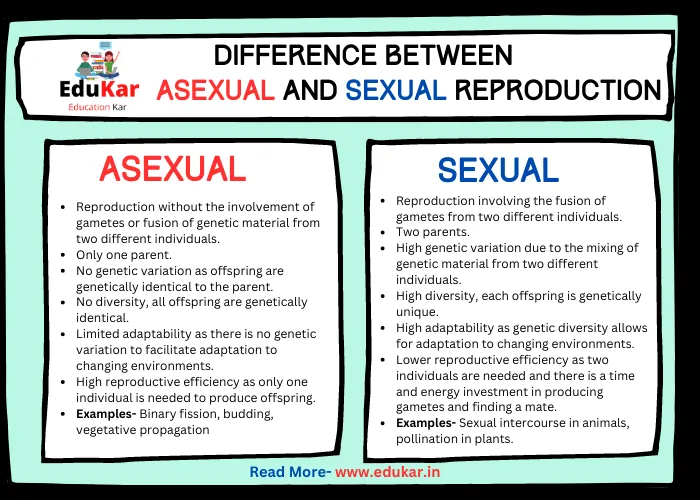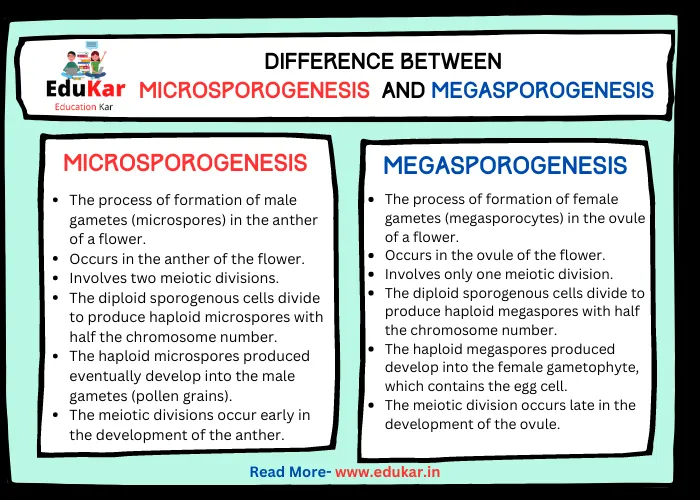Contents
- 1 Introduction
- 2 Adolescence
- 3 Puberty
- 4 Differences between Adolescence and Puberty
- 5 Similarities between Adolescence and Puberty
- 6 Conclusion
- 7 FAQs
- 7.1 What is the difference between adolescence and puberty?
- 7.2 What are some physical changes that occur during puberty?
- 7.3 What are some cognitive changes that occur during adolescence?
- 7.4 What are some social and emotional changes that occur during adolescence?
- 7.5 Why is it important to understand the difference between adolescence and puberty?
This article explores the difference between adolescence and puberty, two terms often used interchangeably but with distinct meanings. Learn about the physical, psychological, and social changes that occur during each stage and how they differ in timing and duration. Understanding these differences can help parents, caregivers, and young people navigate this important period of development with greater insight and empathy.
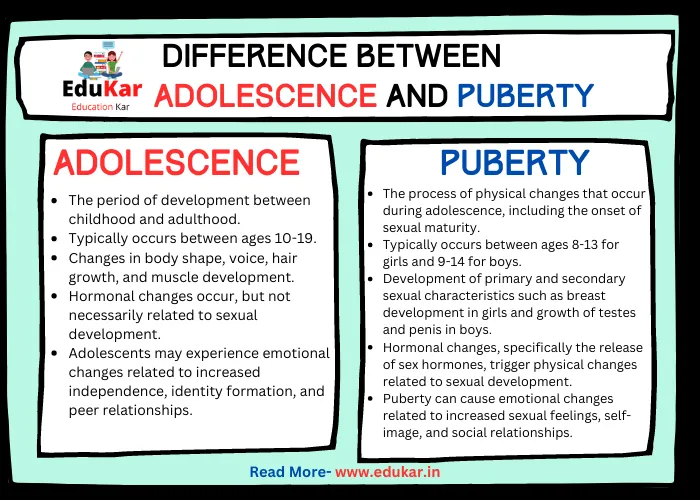
Introduction
Adolescence and puberty are two terms that are often used interchangeably, but they are not the same. Adolescence is a stage of development that involves physical, emotional, and social changes, while puberty is a specific period of time during which a child’s body undergoes rapid physical changes in preparation for sexual reproduction.
Adolescence
Adolescence is a period of development that begins with the onset of puberty and ends when a person reaches adulthood. Adolescence is marked by physical changes, such as growth spurts and changes in body composition, as well as cognitive changes, such as improved problem-solving skills and increased abstract thinking. Adolescents also experience social and emotional changes, such as increased independence, the development of close friendships, and the ability to understand and regulate their emotions.
Puberty
Puberty is a specific period of time during which a child’s body undergoes rapid physical changes in preparation for sexual reproduction. During puberty, both girls and boys experience physical changes, such as the growth of pubic hair, breast development in girls, and the growth of facial hair in boys. Hormonal changes also occur during puberty, which leads to the development of secondary sexual characteristics, such as the growth of breasts and the deepening of the voice.
Differences between Adolescence and Puberty
| Adolescence | Puberty | |
|---|---|---|
| Definition | The period of development between childhood and adulthood | The process of physical changes that occur during adolescence, including the onset of sexual maturity |
| Age Range | Typically occurs between ages 10-19 | Typically occurs between ages 8-13 for girls and 9-14 for boys |
| Physical Changes | Changes in body shape, voice, hair growth, and muscle development | Development of primary and secondary sexual characteristics such as breast development in girls and growth of testes and penis in boys |
| Hormones | Hormonal changes occur, but not necessarily related to sexual development | Hormonal changes, specifically the release of sex hormones, trigger physical changes related to sexual development |
| Emotional Changes | Adolescents may experience emotional changes related to increased independence, identity formation, and peer relationships | Puberty can cause emotional changes related to increased sexual feelings, self-image, and social relationships |
| Gender Differences | Adolescence affects both boys and girls, and includes social, cognitive, and emotional development | Puberty is a physical process that affects boys and girls differently, with different patterns of physical development and changes in sex hormones |
| Timing | The timing of adolescence may vary depending on cultural, social, and economic factors | The timing of puberty is largely determined by genetics, but can be influenced by nutrition, stress, and other environmental factors |
| Sexual Activity | Adolescence does not necessarily involve sexual activity | Puberty marks the onset of sexual maturity and the potential for sexual activity |
| Duration | Adolescence typically lasts several years | Puberty is a relatively short process, lasting a few years |
| Impact on Health | Adolescence can have long-term impacts on physical and mental health, including the development of chronic diseases and mental health disorders | Puberty is a normal part of development and generally does not have negative impacts on health |
| Parental Involvement | Parents play a significant role in supporting adolescents through the challenges of adolescence | Parents can provide support and education to help adolescents navigate the physical and emotional changes of puberty |
| Education | Adolescents require education and support to help them navigate the transition to adulthood, including education about reproductive health, mental health, and substance abuse | Education about puberty is important to help children and parents understand the physical changes that occur, as well as the emotional and social implications of these changes |
| Cultural Attitudes | Cultural attitudes toward adolescence vary widely, and can affect how adolescents are perceived and treated in society | Cultural attitudes toward puberty can vary, with some cultures emphasizing the importance of modesty and privacy during this time |
| Mental Health | Adolescents may experience mental health challenges such as depression, anxiety, and eating disorders | Puberty can trigger emotional changes that may contribute to mental health challenges, but generally does not directly cause mental health disorders |
| Reproductive Health | Adolescents need education and access to reproductive health services to prevent unintended pregnancy and sexually transmitted infections | Puberty marks the onset of reproductive capability, and adolescents need education and support to help them make responsible decisions about sexual activity |
Similarities between Adolescence and Puberty
Despite their differences, there are also many similarities between adolescence and puberty. Both are periods of transition and change, and both involve physical, emotional, and social changes. During both adolescence and puberty, individuals experience changes in their bodies, including growth spurts and changes in body composition.
Hormonal changes also occur during both adolescence and puberty, which can lead to mood swings, increased emotions, and changes in behavior. Both periods of development can be challenging for individuals and their families, as they navigate the changes and transitions that occur during these times.
Conclusion
While adolescence and puberty are often used interchangeably, they are not the same. Adolescence encompasses physical, emotional, and social changes that occur over a longer period of time, while puberty refers to the rapid physical changes that occur in preparation for sexual reproduction. Despite their differences, both adolescence and puberty are periods of transition and change, and both can be challenging for individuals and their families. Understanding these periods of development is important for parents, educators, and healthcare providers, as it can help them support young people during these times of change and transition.
FAQs
What is the difference between adolescence and puberty?
The main difference between adolescence and puberty is that puberty refers to the physical changes that occur during a specific period of time, while adolescence encompasses physical, emotional, and social changes that occur over a longer period of time. Puberty is a specific period of time during which rapid physical changes occur, while adolescence is a period of transition between childhood and adulthood.
What are some physical changes that occur during puberty?
During puberty, both girls and boys experience physical changes, such as the growth of pubic hair, breast development in girls, and the growth of facial hair in boys. Hormonal changes also occur during puberty, which leads to the development of secondary sexual characteristics, such as the growth of breasts and the deepening of the voice.
What are some cognitive changes that occur during adolescence?
Adolescents experience improvements in problem-solving skills, abstract thinking, and the ability to understand and regulate emotions.
Adolescents also experience social and emotional changes, such as increased independence, the development of close friendships, and the ability to understand and regulate their emotions.
Why is it important to understand the difference between adolescence and puberty?
Understanding the difference between adolescence and puberty is important for parents, educators, and healthcare providers, as it can help them support young people during these times of change and transition. By understanding the differences between these periods of development, individuals can better support young people as they navigate the changes and transitions that occur during these times.


